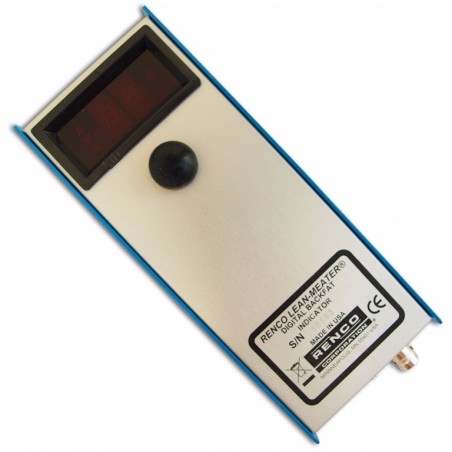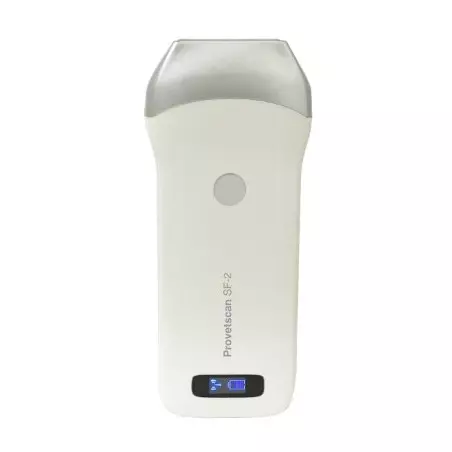Management strategies are needed to optimise the number of piglets weaned from hyper-prolific sows. Nurse sow strategies involve transferring supernumerary new-born piglets onto a sow whose own piglets are either weaned or fostered onto another sow. Such ‘nurse sows’ have extended lactations spent in farrowing crates, which could have negative implications for their welfare.
This study used 47 sows, 20 of which farrowed large litters and had their biggest piglets fostered onto nurse sows which were either 1 week (2STEP7, n=9) or 3 weeks into lactation (1STEP21, n=10). Sows from which piglets were removed (R) were either left with the remainder of the litter intact (I) (remain intact (RI) sows, n=10), or had their litters equalised (E) for birth weight using piglets of the same age from non-experimental sows (remain equalised (RE) sows, n=9). Piglets from 2STEP7 were fostered onto another nurse sow which was 3 weeks into lactation (2STEP21, n=9). Back-fat thickness was measured at entry to the farrowing house, at fostering (nurse sows only) and weaning. Sows were scored for ease of locomotion and skin and claw lesions at entry to the farrowing house and weaning. Salivary cortisol samples were collected and tear staining was scored at 0900 h weekly from entry until weaning. Saliva samples were also taken at fostering.

Back-fat thickness decreased between entry and weaning for all sows (F1,42=26.59) and tended to differ between treatments (F4,16=2.91). At weaning RI sows had lower limb lesion scores than 2STEP7 and RE sows (χ24=10.8). No treatment effects were detected on salivary cortisol concentrations and all nurse sows had a higher salivary cortisol concentration at fostering, compared with the other days (F10,426=3.47). Acute effects of fostering differed between nurse sow treatments (F2,113=3.45); 2STEP7 sows had a higher salivary cortisol concentration than 1STEP21 and 2STEP21 sows on the day of fostering. 2STEP7 sows had a higher salivary cortisol concentration at fostering, compared with 1STEP21 and 2STEP21 sows. Tear staining scores were not influenced by treatment.
In conclusion, no difference was detected between nurse sows and non-nurse sows in body condition or severity of lesions. Although some nurse sows experienced stress at fostering, no long-term effect of the nurse sow strategies was detected on stress levels compared with sows that raised their own litter.
O. Schmitt, E. M. Baxter, L. A. Boyle and K. O’Driscoll. Nurse sow strategies in the domestic pig: Consequences for selected measures of sow welfare. Animal. Volume 13, Issue 3. March 2019 , pp. 580-589. DOI: https://doi.org/10.1017/S175173111800160X





